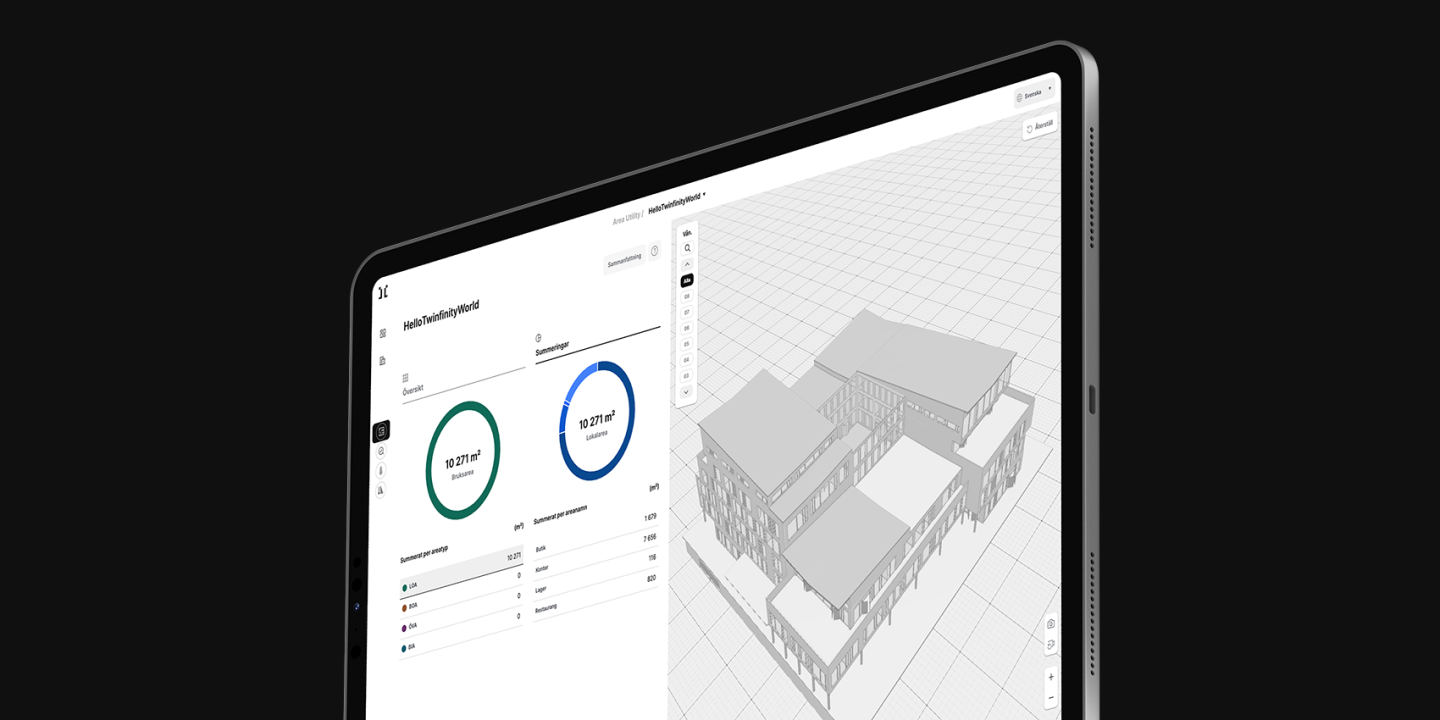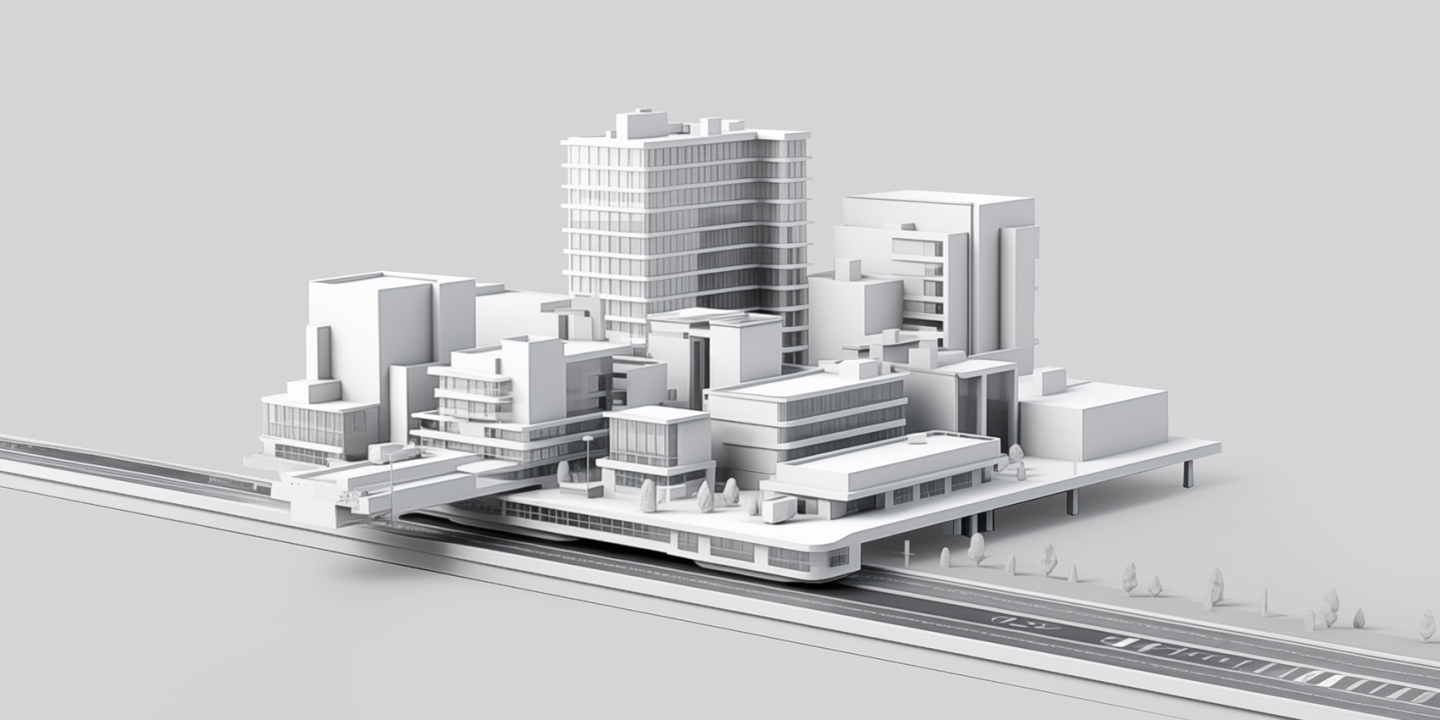Digital Twins
What is a digital twin?
A digital twin is a digital representation of a physical building or system, linked with business data. This offers new insights and paves the way for optimizations and innovative services. Digital twins can vary in scale, from individual equipment to entire buildings or urban areas, and include process and organizational dynamics.
01
A modern shift
The real estate industry is embracing a significant digital transformation.
This evolution impacts various types of companies and buildings, including offices, commercial spaces, and residential properties. At the forefront of this change are digital twins, a technology that is reshaping property management and operations.
02
Why?
Turning a property into a digital twin involves using a digital representation of a building that encompasses all physical aspects like walls and windows, integrated with vital business information. Our Twinfinity® platform facilitates this by allowing property owners to connect various data points — from energy usage to maintenance contracts — with their digital buildings.
This comprehensive approach transforms the digital building into a full digital twin, providing a clear and unified digital perspective of the property. This includes insights into operational efficiencies, cost management, and environmental impacts, fostering informed decision-making.
A digital twin offers a complete overview of your property, enabling efficient management of space and resources. It allows for strategic planning, such as identifying underutilized areas to optimize heating and cleaning schedules. Additionally, it provides valuable data for environmental impact assessments and supports sustainable business practices.
Connecting Building, Business, Operations & Sustainability for the greater good
03
How?
Strategy & Vision
A common approach to getting started with digital twins is to initiate various proof of concept projects or pilots across the organisation. These are usually centered around individual initiatives and specific use-cases. While these projects provide insights and value, they are limited in scope and tend to only focus on a single building. Initiatives like these rarely scale and ignores the challenges of implementing digital twins on a portfolio level. In our experience, companies succeeding with their digital twin implementation, share a common trait. They all have a clear vision, leadership commitment and a strategy communicated throughout the entire organisation.
Digital building lifecycle
Depending on your digital twin ambition, your need for digital building representations will vary. Regardless of your preferred level of detail, your data will need a spatial context to provide insight and value. However, a digital twin requires constant updating to ensure it accurately reflects the real-world system it represents. It can be challenging to keep the digital twin up-to-date and ensure it remains relevant and useful. This means that you will require systems, methods, processes and resources to ensure the quality of digital building representations throughout the entire lifecycle of the building.
Data ownership & quality
A digital twin relies on having access to accurate and reliable data from various sources. If the data collected is of poor quality or lacks important information, it can lead to unreliable or unusable digital twins. Creating a digital twin can be challenging when the existing systems don't share a definition of a building and its components. The foundation is therefore an architecture empowering data to flow freely in a structured way between software and services connected to the digital twins.
Data Security
A digital twin can contain sensitive information about properties and buildings. It is important to be aware of applicable security challenges to best protect the information and prevent unauthorized access.
We are here to help. Twinfinity is your partner along this journey - reach out to hear how.



